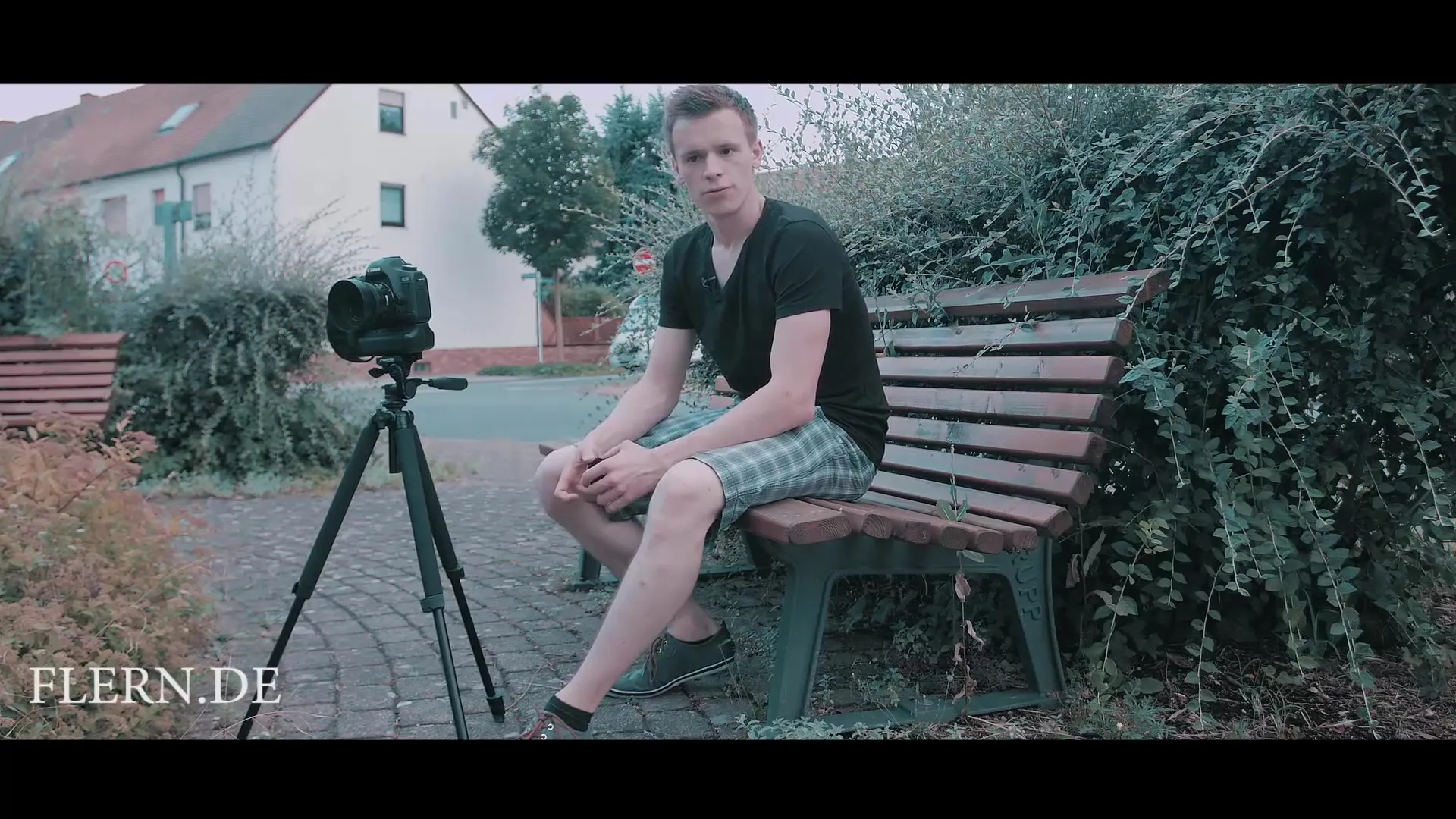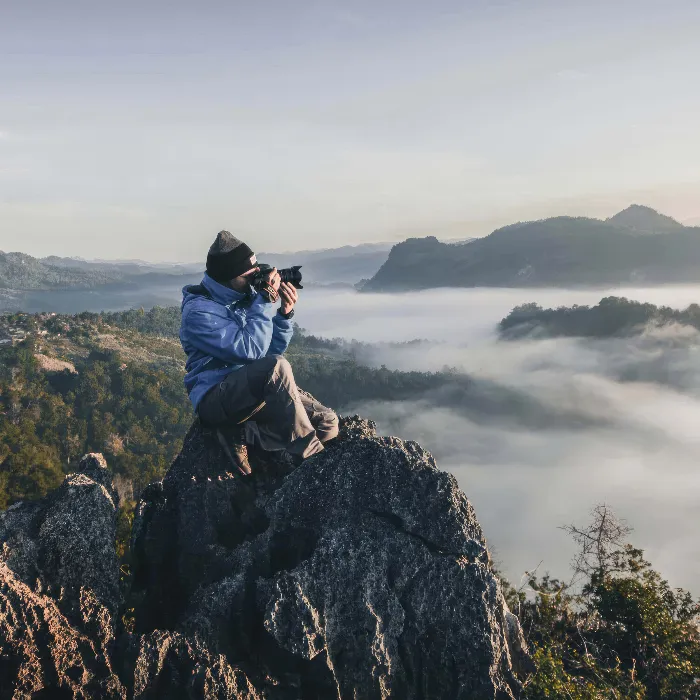Landscape photography offers the opportunity to capture the beauty of nature in all its facets. However, the key to success lies not only in the technique but also in effective strategies and understanding the right settings and perspectives. This guide will help you master the basics and elevate your skills to the next level.
Key insights
To create excellent landscape images, the use of filters, adherence to the rule of thirds, and photographing at the right times of day are essential factors. Long exposure shots add extra dynamism to your results, and HDR techniques can significantly improve image quality.
Step-by-step guide
The first step to improving your landscape photography is using filters. Filters can not only support your images in analog photography but are still of great importance digitally. The polarizing filter is particularly important in this regard. It helps to filter out reflections from the sky or water surfaces, giving images more depth and saturation. You can find a detailed guide to the different types of filters in the description.

The second tip revolves around the rule of thirds. This rule helps you place your subjects harmoniously. The usefulness of this rule becomes apparent quickly in landscape photography. You can actively use the third lines by switching to the live mode of your camera. This way, you can quickly align and design your image.
Another important aspect is photographing from a tripod. Even when dealing with short exposure times, the stability of a tripod brings calmness to your shots. In landscapes, it is often essential to take the time to precisely capture details and lighting conditions. With a stable tripod, you can afford to spend more time considering and placing your image.
To achieve the best results, be careful not to photograph in the middle of the day, especially at noon. This time casts uninteresting shadows on landscapes that can ruin the image. Instead, the morning and evening hours are recommended, during which the lighting conditions vary and give you the chance to capture the different phases of sunrise or sunset. Take the time to stay during these hours and experience the light in all its glory.
Another focus when photographing landscapes should be on long exposure. There are some technical details you need to keep in mind. A strong ND filter like the ND1000 can allow you to make impressive long exposures even in bright light without disturbing waves or reflections appearing in the image. To achieve the perfect long exposure, you should first set the focus. Use autofocus and then switch to manual to prevent the focus from changing during exposure.
An important aspect of long exposures is that the camera should not shake during the shot. Therefore, you should use a timer to avoid directly touching the camera. Whether you wait 10 seconds or 2 seconds doesn’t matter—the less you touch the camera, the better the stability of your image.
A helpful technique is using mirror lock-up. This technique reduces vibrations caused by the mirror flipping up. You can find this setting in your camera menu under mirror lock-up options. Although I personally haven't always noticed a significant difference, it can help avoid camera shake depending on the camera and shooting situation.
Another tip involves HDR images. They can bring high dynamics and a wide spectrum of colors to your image through multiple exposures. Just be careful not to overdo it. The images should not appear unnatural, but rather receive a special flair. For more information on HDR techniques, you can also find a relevant guide in the description.
Finally, you will find that experimenting with these tips is crucial to truly remember them and anchor them in your photography. Don’t hesitate to ask questions about landscape photography that I would be happy to answer in further tutorials or comments.
Summary - Mastering Landscape Photography: 13 Valuable Tips
This guide provides you with a solid foundation for improving your landscape photography. The use of filters, the rule of thirds, using a tripod, the right light, and long exposures are essential factors that can make your images shine.
Frequently Asked Questions
How important are filters in landscape photography?Filters are important for filtering out reflections and making the image more vibrant.
How do I apply the rule of thirds in landscape shots?Use your camera's third lines to compose harmoniously and place the subject correctly.
Why should I photograph during early morning or late evening hours?At these times, the light is softer and gives the landscapes interesting shadows and colors.
How do I achieve a steady long exposure?Use a stabilized camera with a tripod, set the focus manually, and use a timer.
What are the benefits of HDR photography?HDR allows for high dynamics and a wide color spectrum, which can give your image more depth.


